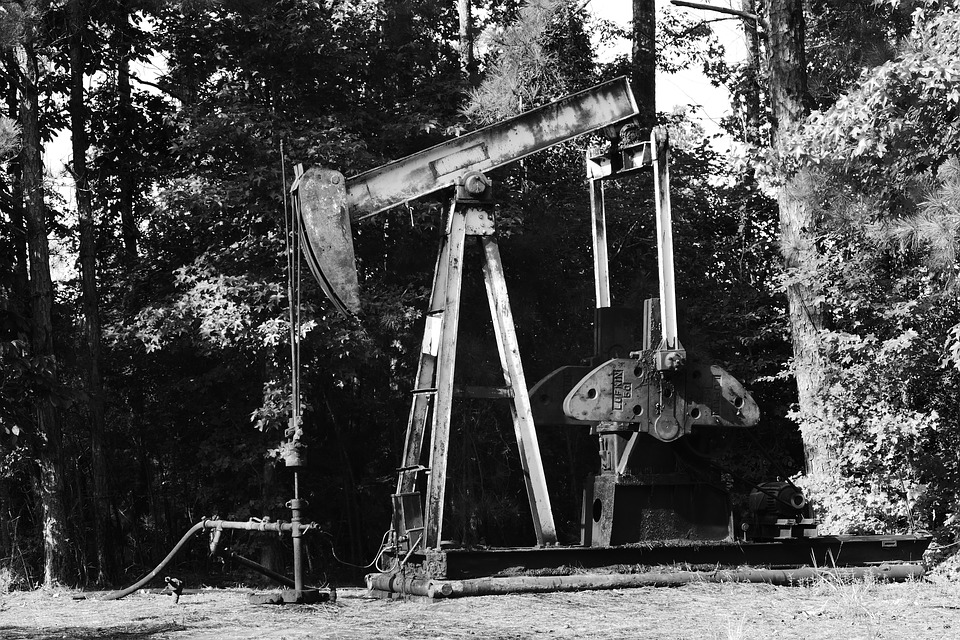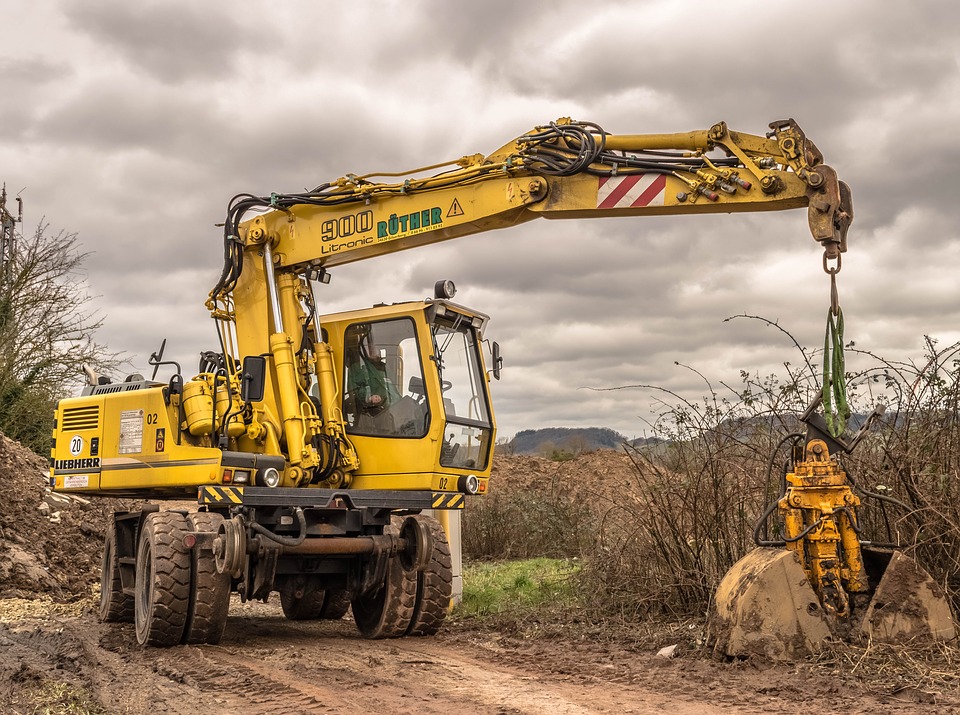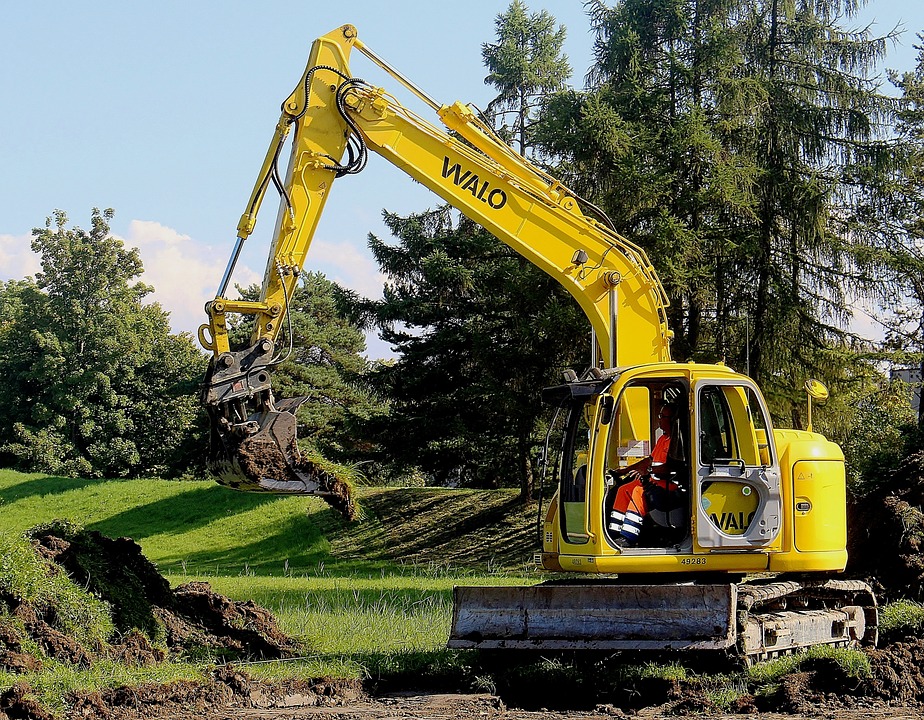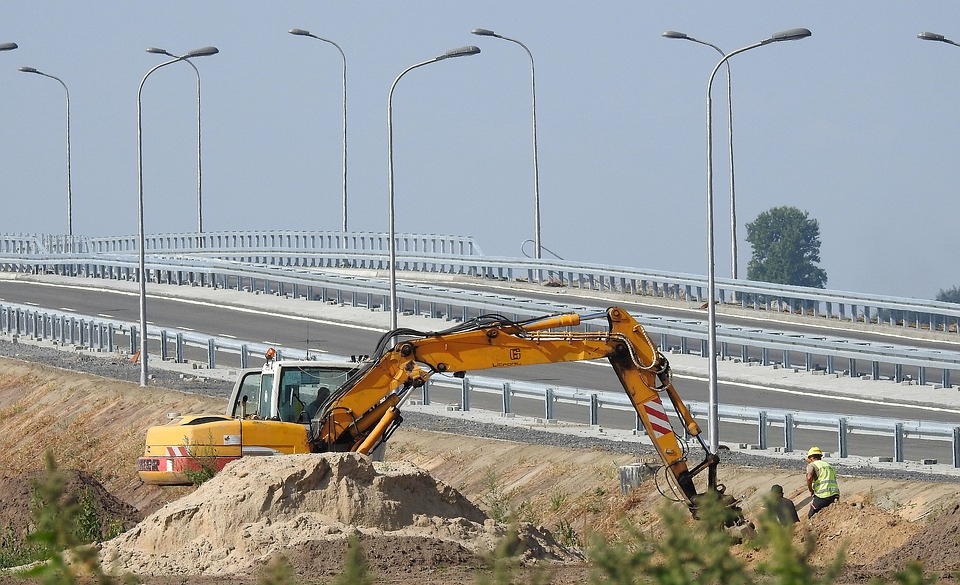You’ve probably heard of news about robotics and other technologies taking over jobs in the oil and gas industry. Well, it’s undeniable that this is one of the fears that workers are having.
While advanced technology provides a wide range of benefits, it’s not 100% good. It’s inevitable for disadvantages to arise.
However, despite these disadvantages, such as the decrease in job opportunities, the benefits outnumber them. Here’s a look at some of that robotics and their benefits:
All Terrain

Unmanned vehicles, as the name suggests, does not require someone to drive it manually.
That means whether companies want to perform operations ground, airborne, or even underwater, these vehicles can help.
Operational Efficacy
Humans would require too much resources and time to do these operations. Though with automated vehicles, the costs will be reduced.
Operations will also be done in a shorter period of time. Besides the financial aspect, operations will also be safer and efficiency will improve.
That said, there are a wide range of operations that these vehicles are capable of doing.
Wide Range of Operations

Advanced vehicles in the oil and gas industry are capable of doing services. These include transportation, exploration, extraction, prospecting, inspections, and more.
Remotely Operated
The engineers that supervise operations are able to give out instructions from their workplace miles away from the actual job site.
Drilling

Advanced drills are also helpful because it makes the exploration and acquisition easier and more productive.
It would also reduce the cost for the equipment if advanced drills are used. This technology offer various features and they are proven to be sturdier than average drills.
Monitoring Job Site
Due to the sensors of drones and their flexible flight, they can provide accessibility to the oil and gas industry. This is especially important for exploration.
What’s more, drones are getting upgrades over the years and it won’t reach it peak soon.
In fact, drones are now capable of monitoring, inspections, and surveillance in a wide variety of structures.
This will alert companies of any signs of problems. That way, disasters can be avoided. Drones are also upgraded with Wi-Fi.
That means they can also connect to cloud technologies, making life easier for oil and gas companies.
Extreme Weathers
Since the industry tends to work on extreme weathers, the robots are designed to withstand temperature fluctuations.
Labor
Finally, robots do not experience fatigue and therefore, they are perfect for labor. Robots are also capable lifting objects quickly.
Conclusion
There are many emerging technologies in the oil and gas industry, and so are the benefits. The only thing that matters now is, when will oil and gas companies implement these changes in their operations?
If you have any questions with robots in this industry, feel free to leave them in the comment section below.







 Another widespread misunderstanding is that SCADA is costly and requires extensive upkeep.
Another widespread misunderstanding is that SCADA is costly and requires extensive upkeep. 
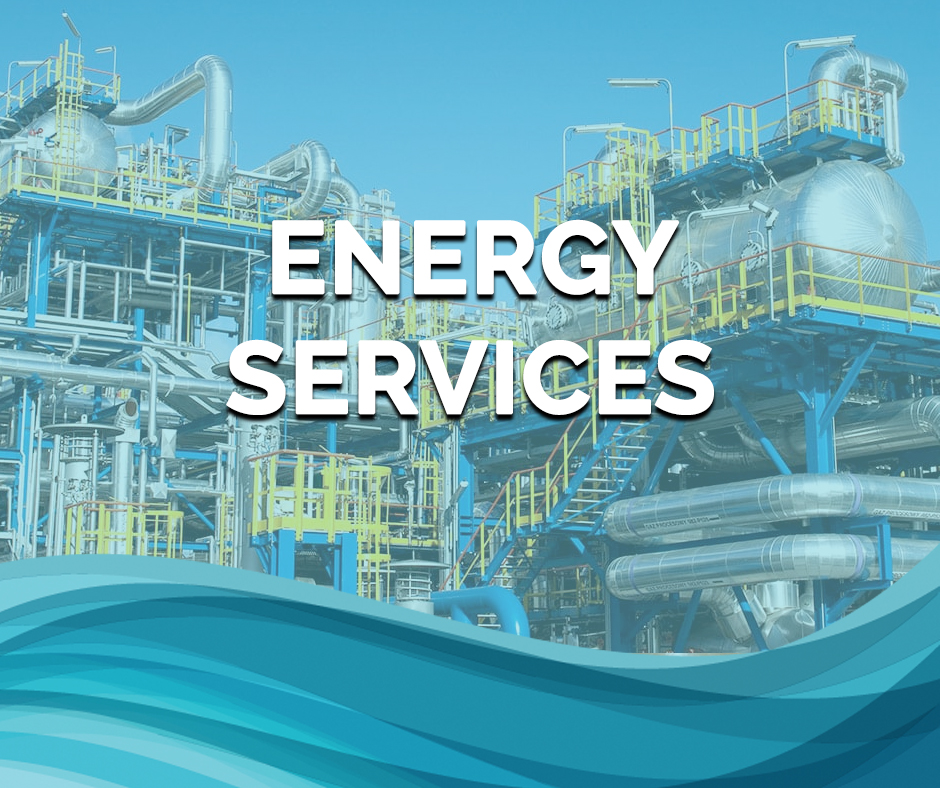 It is fairly obscure outside the sector but energy rates and efficiency can be boosted and the reality is that is the primary challenge for just about any energy solutions company.
It is fairly obscure outside the sector but energy rates and efficiency can be boosted and the reality is that is the primary challenge for just about any energy solutions company. 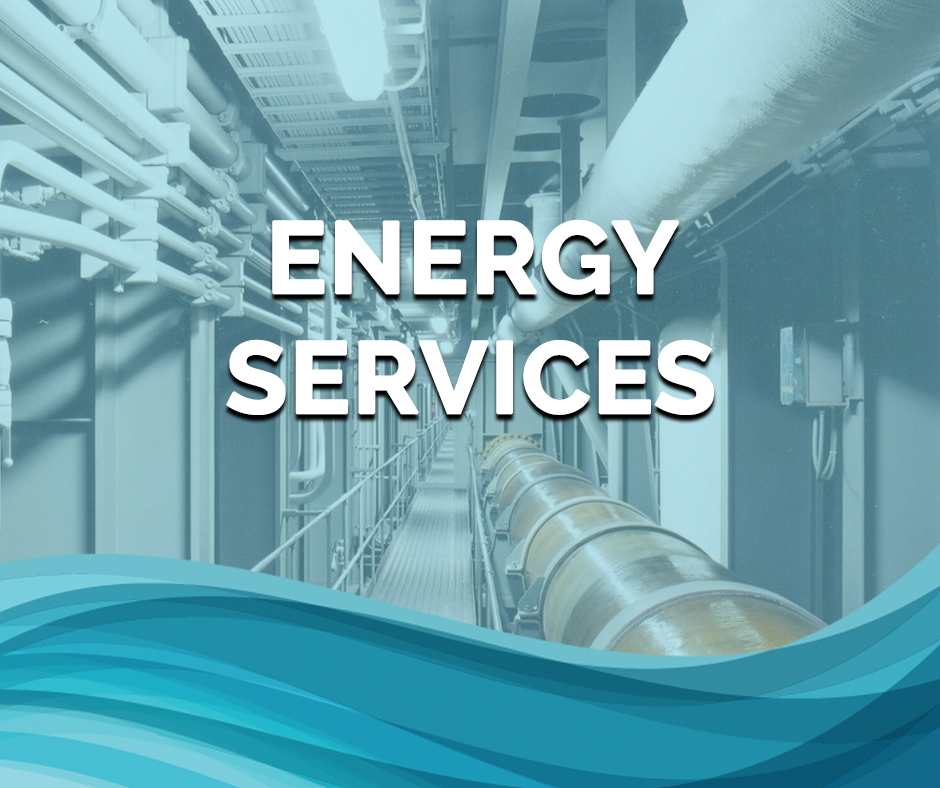 Field energy services organizations offer a wide array of service like meter proving, sampling and analysis, electrical and instrumentation, construction, automation and controls and even software solutions. Overall though we’re on the cusp of a paradigm shift within this sector due largely in part to the pandemic that has gripped the world over the past 6 months.
Field energy services organizations offer a wide array of service like meter proving, sampling and analysis, electrical and instrumentation, construction, automation and controls and even software solutions. Overall though we’re on the cusp of a paradigm shift within this sector due largely in part to the pandemic that has gripped the world over the past 6 months.








